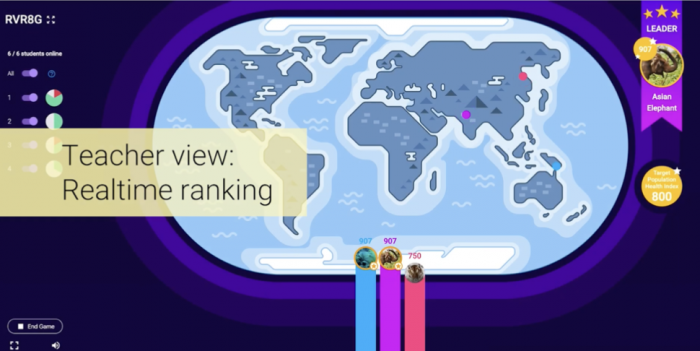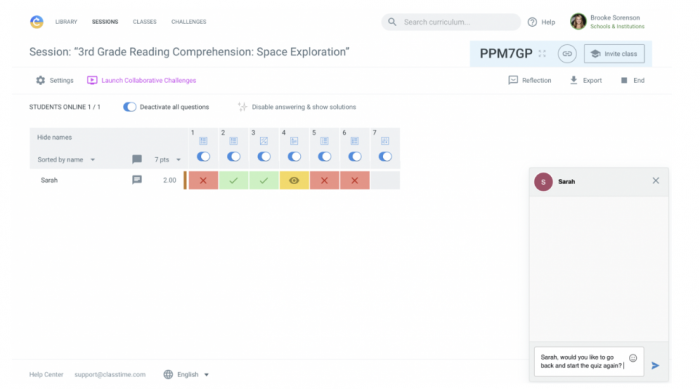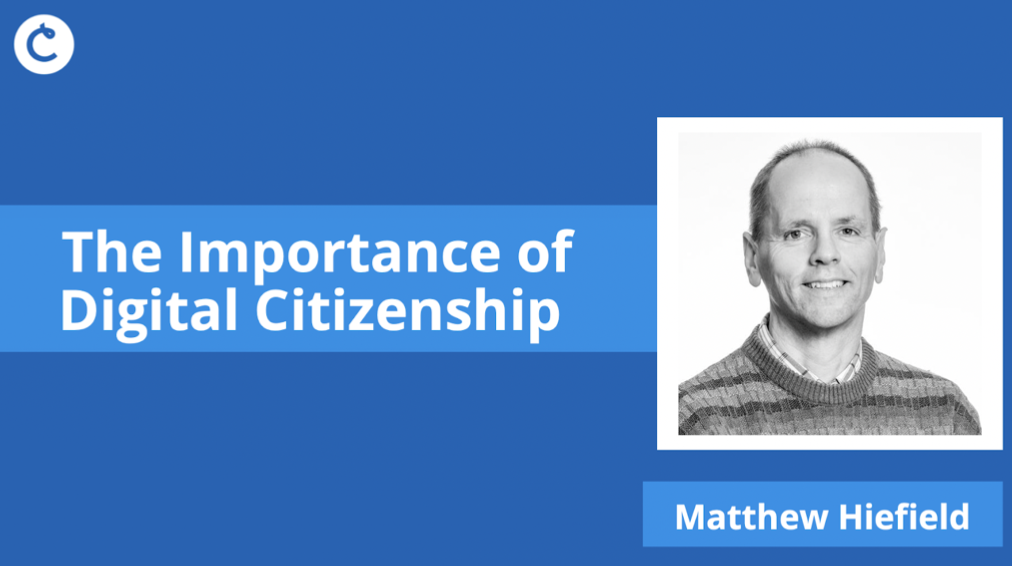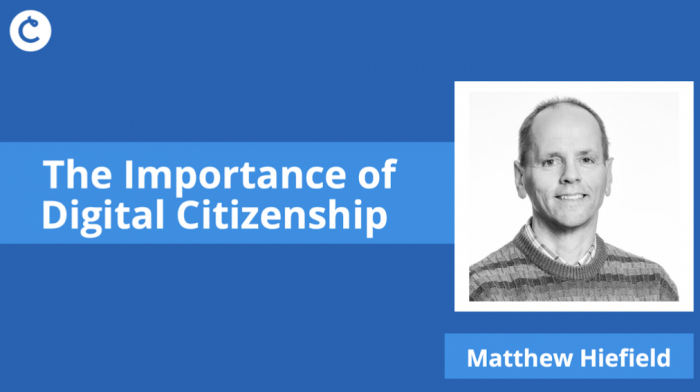The Importance of Digital Citizenship with Matthew Hiefield
What is Digital Citizenship?
Over the past few years, the impact of the pandemic has created a massive need to digitalize the classroom. With technology becoming an integral part of the lives of students and educators around the globe, it is important now more than ever to have an understanding of digital citizenship.
Open access publisher and science platform, Frontiers, defines digital citizenship as the adoption of appropriate attitudes and behaviors of individuals while using technology by assuming responsibility for their actions. Digital Citizenship covers many areas including digital security, access, integrity, and rights. In this article, we have worked together with educator Matthew Hiefield to share some tips on what to consider when adopting digital materials for your classroom and advice on how to address digital divide issues.
Departments to Collaborate on Digital Divide Issues
The digital divide refers to the gap between those who have access to the internet and technology and those who do not. Part of practicing digital citizenship includes addressing these digital gaps at the district and school level.
An article published by the Pew Research Center about the online learning gap amid the pandemic, states that according to the April 2021 Pew Research Center survey, out of the 93% of U.S. parents with K-12 children learning from home, 30% of these parents said it has been very or somewhat difficult to help their children use technology or the internet.
These gaps are more prominent among different groups of parents and areas of the country. Parents with lower and middle incomes were more likely to report that helping their students with technology was very difficult, compared to the parents with higher incomes. For every school or district it might be different, but here are a few departments to consider for collaboration on these issues:
- Multi-Lingual Department: Newcomers to the district, especially those who speak another language, often have greater connectivity challenges.
- Teacher and Learning Department: How technology is implemented in the classroom can be a digital divide. Some classrooms emphasize more creative uses while others can emphasize drill and kill test prep.
- Digital Equity Team: Some districts have Digitial Equity Committees to address digital divide issues. A district approach is the strongest.
- Counseling Department: Counselors are on the front lines and should be aware of connectivity issues as a lack of sufficient connectivity can lead to opportunity gaps.
- Office of Equity and Inclusion: The digital divide creates challenging equity issues. If digital divides aren’t on their radar, they should be. Specifically, digital opportunity gaps often emerge due to different types of money coming into schools from the outside.
- IT Department: IT should know how many students don’t have connectivity at home, and if students have adequate bandwidth to meet expectations.
6 Departments for Collaboration on Digital Divide Issues with @MattHiefield! #DigitalDivide #TeacherTwitter #EduTwitter pic.twitter.com/peFGs7vXmE
— Classtime (@classtimecom) May 3, 2022
What to Consider When Adopting Digital Materials
When evaluating digital materials for potential use in your classroom, school, or district there are a few topics to consider. It is important that the digital materials involve a variety of voices and are accessible for lower-level students as well as students with language barriers. Along with inclusivity considerations, consider data privacy and what level of collaboration the materials allow for. Here are 6 questions to consider:
- Do the digital materials provide multiple narratives and voices?
- Do the materials have translation features in order to meet diverse learner needs?
- Do the materials have the ability to be modified to a higher or lower lexile level?
- Is there an opportunity for students to post and reply to comments made by classmates?
- Do the materials allow for interactive color coding, note-taking, or footnoting?
- Are providers willing to sign a student data privacy agreement?
6 Questions to Consider When Adopting Digital Materiels with @MattHiefield! #TeacherTwitter #EdChat #DigitalDivide #DigitalEquity pic.twitter.com/uM8CMfIl8p
— Classtime (@classtimecom) May 24, 2022
About Matt Hiefield: Matt Hiefield has 25 years experience teaching high school Social Studies and is currently a digital curriculum specialist. He serves on the District Equity and Inclusion Team and focuses on digital divide issues.
For our Classtime users, we offer collaboration, multilingual access, and interactivity in a few ways:
Collaboration with Classtime:
Use Classtime’s Collaborative Challenges to foster a collaborative culture in your classroom. The Collaborative Challenge presents a problem that students must solve by getting questions correct on their own devices. Students must work together and all perform well in order to complete the challenge:

Engage Bilingual Students:
Classtime’s STORYWORLD curriculum offers interactive bilingual stories for Spanish and English language learners. Give your students a chance to learn a language through stories, available now on Classtime’s curriculum.
Also, support bilingual students with Khan Academy curriculum on Classtime, available in 4 different languages including Spanish and Portuguese.
Interact with your students via student-teacher live chat:
Classtime provides the ability to interact with your students as they are working with the student-teacher live chat. This gives students the opportunity to show their work by sending images and allows teachers the opportunity to give struggling students further help.



